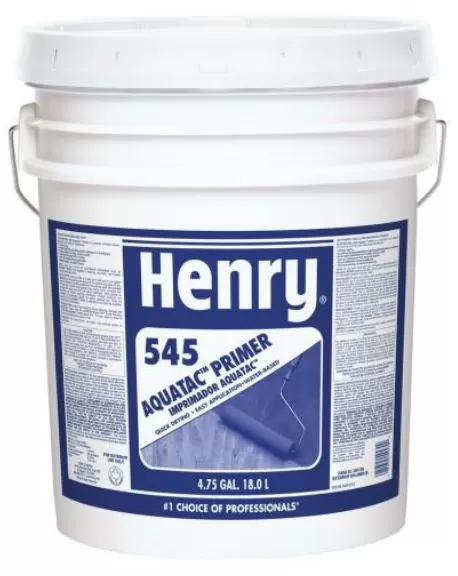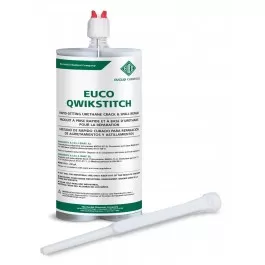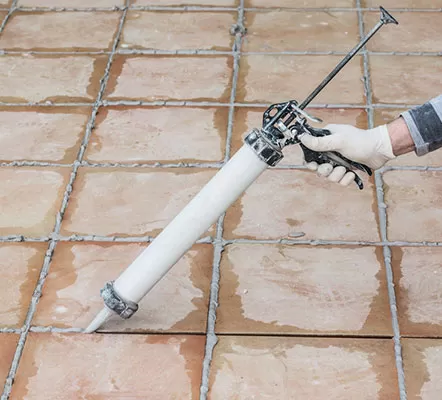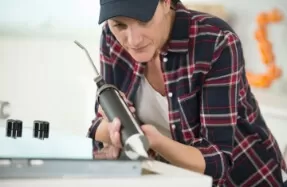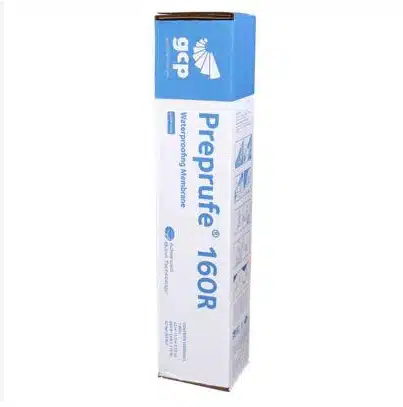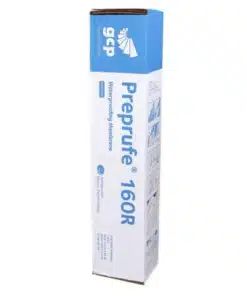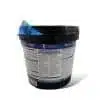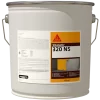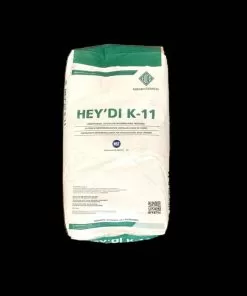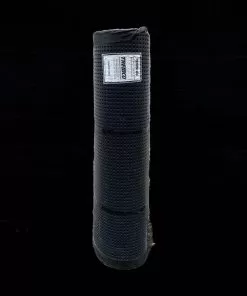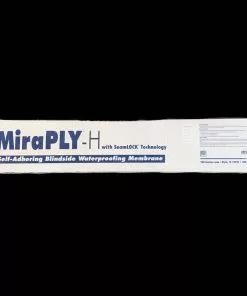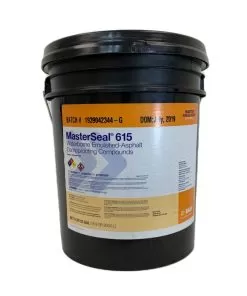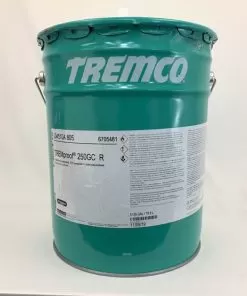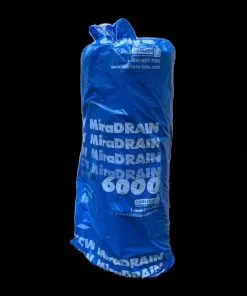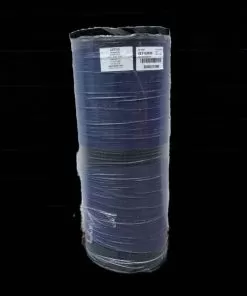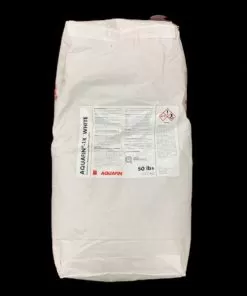Preprufe 160R Plus: 3’10″x120′ GCP Roll
$1,898.65
- Forms a continuous adhesive bond to concrete poured against it specifically designed to prevent water migration
- Continuous bond to poured concrete means PREPRUFE 160R membrane is not changed by ground settlement Can be placed directly over properly prepared compacted soil
- Does not activate prematurely during construction
- Fully adhered watertight laps and detailing
- Provides a complete stop to water, moisture and gas – physically isolates the structure from the surrounding ground
- BBA Certified for all basement grades (BS 8102:2009)
- Impermeable- Perm rating less than 0.1 Perms
- Solar reflective – reduced temperature gain during construction
18 in stock
PREPRUFE 160R
PREPRUFE 160R membrane is a composite sheet made of a thick HDPE film, pressure sensitive adhesive and weather resistant coating. Designed with Advanced Bond Technology™, PREPRUFE 160R membranes form a proprietary, integral bond to poured concrete, designed to prevent migration of water while providing a robust barrier to water, moisture and gas penetration.
Easy and quick to install – no priming on surfaces properly prepared following GCP surface preparation requirements
Can be applied to permanent formwork – maximizes use of confined sites Allows for foot traffic right after installation
Ready for immediate placing of reinforcing steel
Instantly waterproof–does not require water to activate
Waterproofing is not reliant on pressure or hydration
Installed membrane is not affected by exposure to water during construction
Waterproofing performance not effected by wet/dry cycling
Chemical resistance – protects structure from salt and sulfate attack, effective in most types of soils and waters
PREPRUFE Tape LT – Low temperature tape for covering cut edges, roll ends, penetrations and detailing in cold weather
PREPRUFE Tape HC – High temperature tape for covering cut edges, roll ends, penetrations at elevated temperatures
PREPRUFE CJ Tape LT – Low temperature joint tape for construction joints and detailing in cold weather conditions
PREPRUFE CJ Tape HC – High temperature joint tape for construction joints and detailing at elevated temperatures
BITUTHENE ® Liquid Membrane – for sealing around penetrations, etc. ADCOR – waterstop for joints in concrete walls and floors
PREPRUFE ® Tieback Covers – preformed cover for soil retention wall tieback heads
All substrates – It is essential to create a sound and solid substrate to eliminate movement during the concrete pour. Substrates must be regular and smooth with no gaps or voids greater than 0.5 in. (12 mm). Grout around all penetrations such as utility conduits, etc. for stability.
Horizontal – The substrate must be free of loose aggregate and sharp protrusions. Avoid curved or rounded substrates. When installing over earth or crushed stone, ensure substrate is well compacted to avoid displacement of substrate due to traffic or concrete pour. The surface does not need to be dry, but standing water must be removed.
Vertical – Use concrete, plywood, insulation or other approved facing to sheet piling to provide support to the membrane. Board systems such as timber lagging must be close butted to provide support and not
more than 0.5” (12mm) out of alignment.
Substrate Preparation
All substrates – It is essential to create a sound and solid substrate to eliminate movement during the concrete pour. Substrates must be regular and smooth with no voids greater than 0.5 in. (12 mm). Grout around all penetrations such as utility conduits, etc. for stability.
Vertical – Use concrete, plywood, insulation or other approved facing to sheet piling to provide support to the membrane. Board systems such as timber lagging must be close butted to provide support and not
more than 0.5” (12mm) out of alignment. Membrane Application
PREPRUFE 160R membranes are supplied in rolls 4 ft. (1.2m) wide, with a selvedge on one side to provide self-adhered laps for continuity between rolls. The rolls of PREPRUFE Membrane and
PREPRUFE Tape are manufactured with a disposable plastic release liner which must be removed before placing reinforcement and concrete. NOTE that the release liner must also be removed before application of any required tapes and at all surfaces where a bond between layers is to be formed.
PREPRUFE membranes can be applied at temperatures of 25°F (-4°C) or above. When installing PREPRUFE products in cold or marginal weather conditions <55°F (<13°C) the use of PREPRUFE Tape LT is required at all laps and detailing. All surfaces to receive PREPRUFE Tape LT must be clean and dry.
Accurately position succeeding sheets to overlap the previous sheet 3 in. (75 mm) along the marked selvedge. Ensure the underside of the succeeding sheet is clean, dry and free from contamination before attempting to overlap. Peel back the plastic release liner from between the overlaps allowing the two
overlapped layers to bond together. Ensure a continuous bond is achieved without creases and roll firmly with a heavy roller. Completely remove the plastic liner to expose the white protective coating. Any initial tack will quickly disappear.
Notes: Vertical substrates –
PREPRUFE 160R membranes can be applied vertically to permanent formwork or adjoining structures. Concrete should then be cast directly against the adhesive side of the membrane. The membrane may be installed in any convenient length. The clear plastic release liner must be facing towards
the concrete pour. Membrane must be shingle overlapped a minimum of 3” (75mm) All laps over cut edges must be taped using PREPRUFE Tape.
Vertically placed sheets can be held in place using fasteners appropriate to the substrate. Fastening can also be made through the selvedge overlap area using a small and low profile head fastener so that the membrane lays flat and allows firmly rolled overlaps. Fasteners should be placed in the selvedge
approximately 0.5”(12.5mm) from the edge of the membrane. The adhesive selvedge of successive membrane sheets must completely cover any fasteners by a minimum if 1 in. (25mm). After rolling immediately remove the plastic release liner. When placing successive sheets insure the underside of each succeeding sheet is clean, dry and free from contamination before attempting to overlap. After placement roll the membrane firmly to ensure a watertight seal. Note that GCP 160R membranes are not recommended for use with conventional twinsided formwork. (See PREPRUFE Technical Letter #13 Forming Systems For Use with PREPRUFE Membranes)
Roll ends and cut edges – Overlap all roll ends and cut edges by a minimum 3 in. (75 mm) and ensure the area is clean and free from contamination, wiping with a damp cloth if necessary. Allow the membrane to dry and apply PREPRUFE Tape LT (or HC in hot climates) centered over the lap edges and roll firmly. Immediately remove plastic release liner from the tape.
PREPRUFE 300R membrane can be returned up the inside face of slab formwork. To attain a fully bonded system and to allow a tie in with BITUTHENE self-adhered membrane or PROCOR fluidapplied membrane to all vertical structural surfaces after removal of formwork.
Rebar Chairs: See PREPRUFE ® Technical Letter #15 Rebar Chairs on PREPRUFE® Membranes.
Membrane Repair
Inspect the membrane before installation of reinforcement steel, formwork and final placement of concrete. The membrane can be easily cleaned by power washing if required. Repair damage by wiping the area with a damp cloth to ensure the area is clean and free from dust, and other contaminants and allow the membrane to dry. Repair small punctures and slices (0.5 in. (12 mm) or less by applying PREPRUFE Tape centered over the damaged area. Repair punctures and holes larger than 0.5 in. (12mm) by applying a patch of PREPRUFE membrane. Extend the patch 6 in. (150 mm) beyond the damaged area. Seal all edges of the patch with PREPRUFE Tape. Where exposed selvedge has lost adhesion or laps have not been sealed, ensure the area is clean and dry and cover with fresh PREPRUFE Tape. Any areas of damaged
adhesive should be covered with PREPRUFE Tape. All PREPRUFE Tape must be rolled firmly and the tinted release liner removed. Slices or relief cuts can be butted or overlapped and repaired by applying PREPRUFE Tape centered over the edge of the overlap or center of the butt joint. Where it is not possible to create a butt joint or overlap, repair with fresh membrane and PREPRUFE Tape as detailed above.
Pouring of Concrete
Ensure the plastic release liner is removed from all areas of PREPRUFE 160R Membrane and Tape. Under most climatic conditions concrete should be poured within 56 days of membrane installation. Where ambient temperatures will exceed 38°C (100ºF) for more than a total of 7 days, concrete should be placed within 42 days of installation of the membrane. Concrete must be placed and compacted carefully to avoid damage to the Membrane. Never use a sharp object to consolidate the concrete.
Removal of Formwork
A minimum concrete compressive strength of 3000 psi (20 N/mm ) is recommended prior to stripping formwork supporting PREPRUFE membranes. Premature stripping may result in displacement of the membrane and/or spalling of the concrete. (see PREPRUFE Technical Letter
#17 Removal of Formwork Placed against PREPRUFE membranes)
After removal of the formwork and prior to backfilling, all exposed PREPRUFE Membrane must be protected from damage with an approved protective course.
Related Products:
| Weight | 92 lbs |
|---|
Related products
All Products
All Products
All Products
All Products
All Products

